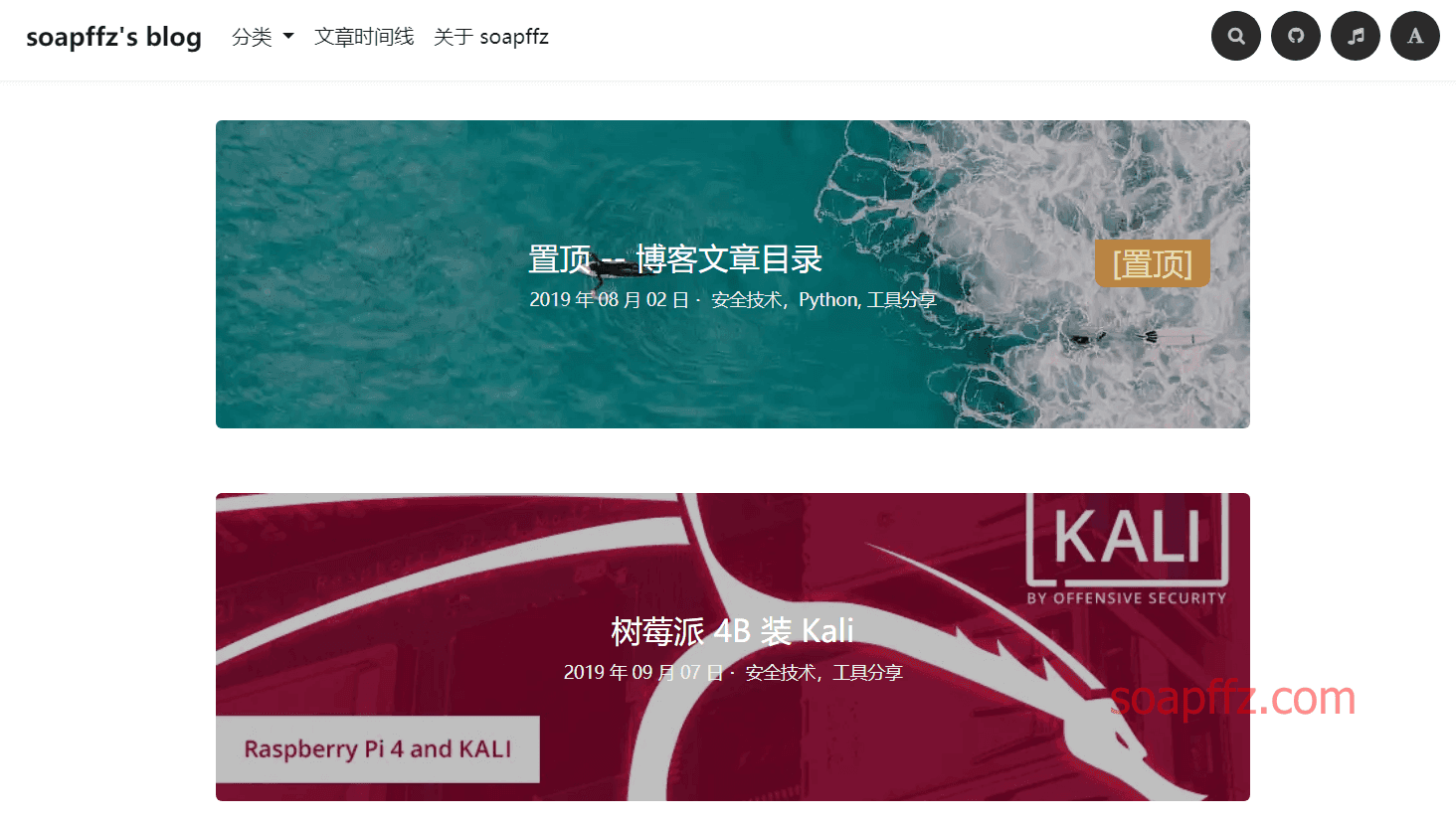本博客成立于 2018 年 12 月 15 日

是的,已经成立超过 1 年了,今年的 12 月 15 也没有庆祝成立一周年因为在考研
也因为考研从 9 月就没有再更新文章

不知道还有没有人在看
考研结束,玩了几天总结一下
博客成立的初衷是分享我平时学习Python和学习渗透测试技术记录的地方
(本人报考的就是某大学的网络空间安全专业,虽然很有可能无缘了)
不好的地方#
最开始写文章的方法是想一个感兴趣的方向,定一个题目
搜索 Freebuf、安全客、T00ls、i 春秋、Kali 论坛、先知社区等地方的文章,然后混合参考,自己动手复现
最开始写作的状态时:打开博客撰写界面,打开 Kali 打开 Win7 或者打开 VSC,一边动手一边截图
但经常出现以下情况:
- 当几天都没有完成工作或者结果总是错时直接结尾:但是一直没有成功,或者直接来个未完持续
- 为了鞭策自己提前把想写的题目只发标题就发出来了
- 经常为了看效果提前发布可能导致了读者的反感
不限于以上原因,急于工作量的心情导致了做事不踏实,文章质量层次不齐的情况
所以以下的 49 篇文章中:

至少有 1/3 的文章出现了上面的问题,应该被批评的文章如下:
当然除了以上说的这些原因之外,有时候发现了新的思路但是不愿舍弃之前的成果想着要不干脆就留下来反正也是工作量这种心理也让文章的质量堪忧
值得肯定的地方#
其实从 6 月份开始,我就开始做系统的渗透测试流程思路文章的分享
那时写出的几篇文章
对我现在都受益匪浅,也让我再一次让我确认了写博客是真的有用的
总结#
19 年的近 50 篇文章,虽然有好有坏,但是至少让我利用了很多空余时间去学习而不是打游戏
接下来我会阅读以前的文章并且重试以前失败的地方然后重新修改文章
质量稍差的文章我不会删掉,我会重新修改因为毕竟那是我学习过后的成果
挖的坑没填完的有的近期不能实现的可能会删除也可能会在文章里详细说明原因
接下来,重点来了
11 月 20 日网信办发布了
国家互联网信息办公室关于《网络安全威胁信息发布管理办法(征求意见稿)》公开征求意见的通知
网络安全人员针对这个的意见很多,目前关系到我的有以下内容:
第四条 发布的网络安全威胁信息不得包含下列内容:
(一)计算机病毒、木马、勒索软件等恶意程序的源代码和制作方法;
(二)专门用于从事侵入网络、干扰网络正常功能、破坏网络防护措施或窃取网络数据等危害网络活动的程序、工具;
(三)能够完整复现网络攻击、网络侵入过程的细节信息;
(四)数据泄露事件中泄露的数据内容本身;
(五)具体网络的规划设计、拓扑结构、资产信息、软件源代码,单元或设备选型、配置、软件等的属性信息;
(六)具体网络和信息系统的网络安全风险评估、检测认证报告,安全防护计划和策略方案;
(七)其他可能被直接用于危害网络正常运行的内容。
第九条 通过下列平台发布信息的,平台运营者、主办单位接到有关部门通报、用户举报,或自行发现平台上存在违反本办法的发布行为和发布内容的,应当立即停止发布、采取消除等处置措施,防止违规内容扩散,保存有关记录,并向地市级以上网信部门、公安机关报告。 1. 报刊、广播电视、出版物; 2. 互联网站、论坛、博客、微博、公众账号、即时通信工具、互联网直播、互联网视听节目、应用程序、网络硬盘等; 3. 公开举行的会议、论坛、讲座; 4. 公开举办的网络安全竞赛; 5. 其他公共平台。
没办法,为了保住狗命,我只能做到以前的文章不删除 (也没有太多越线的地方)
从这篇文章以后,本博客所有内容将不会再设计具体的攻击细节,只限于原理分析以及经验分享等文章
希望我 2020 能够坚持高质量的文章质量,感谢读者的阅读
本文完。